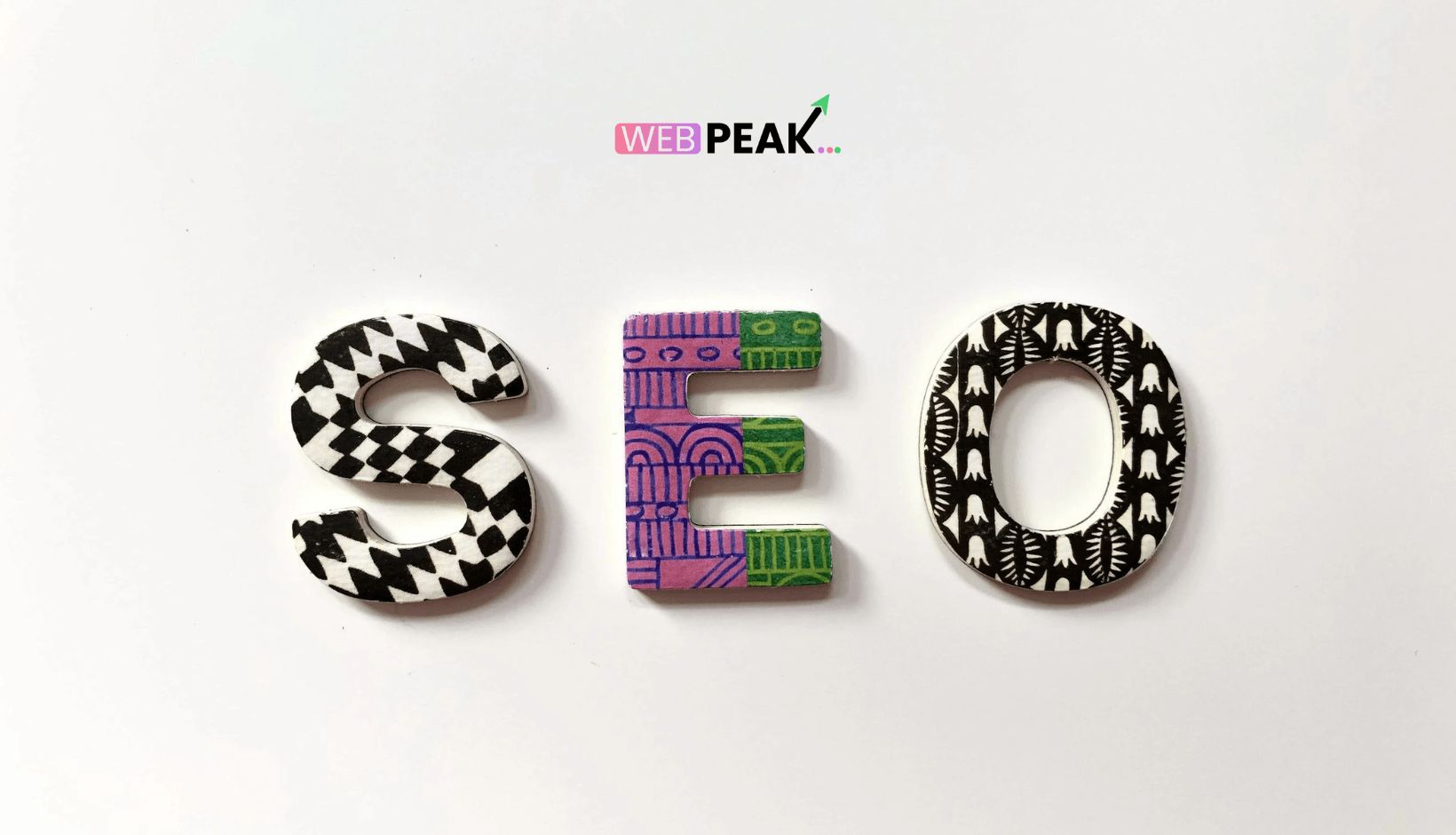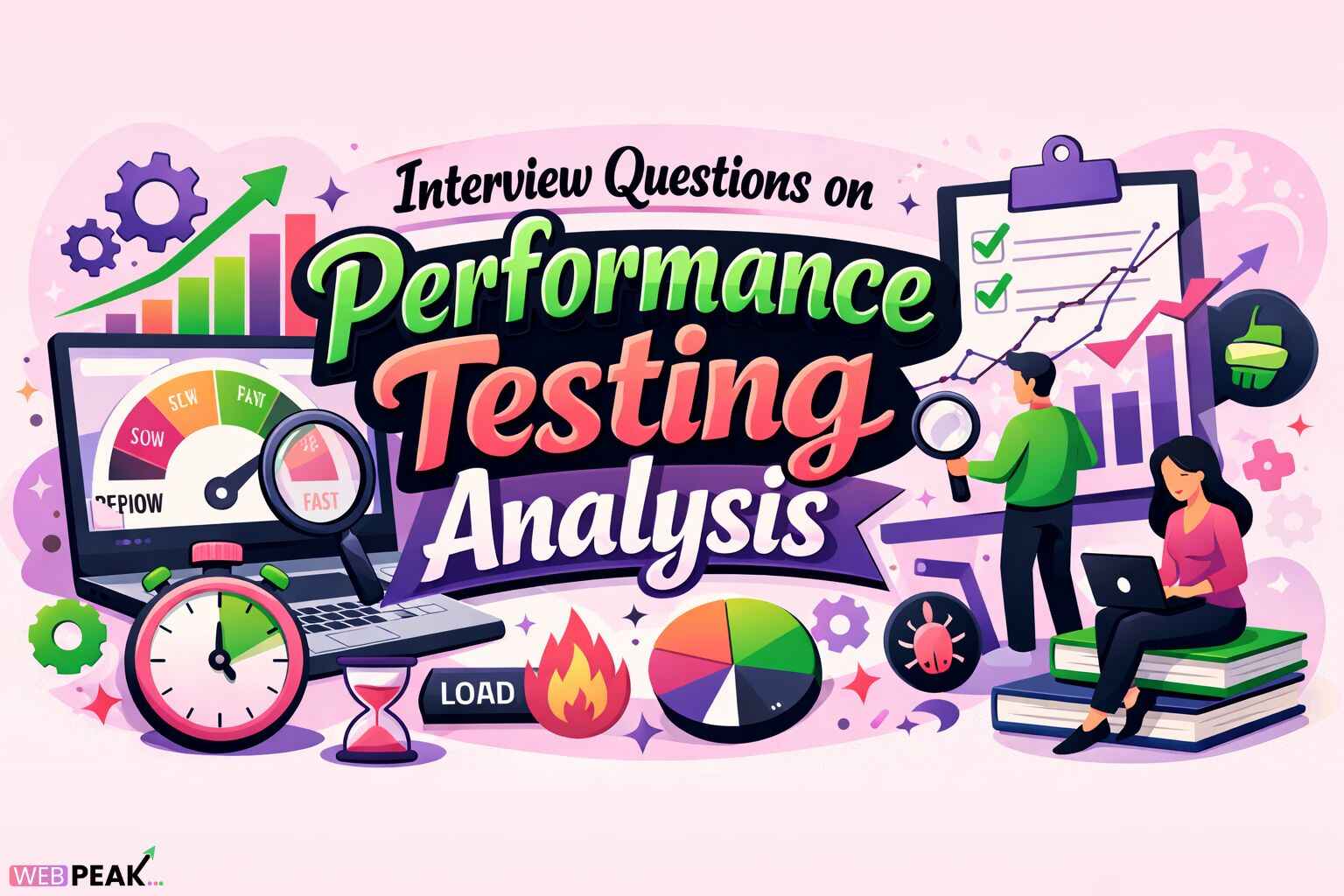SEO and Marketing Automation: A Complete Guide to Boosting Digital Success
In the fast-paced digital age, businesses face an increasingly competitive online landscape. To stay ahead, companies must not only attract visitors but also convert them into loyal customers. Two of the most powerful strategies that can help achieve this are Search Engine Optimization (SEO) and Marketing Automation. When combined effectively, they create a sustainable, scalable approach to building brand visibility, driving targeted traffic, and nurturing leads into sales.
In this comprehensive guide, we’ll explore what SEO and marketing automation are, why they are critical for modern businesses, how they complement each other, and the steps to implement them for maximum results.
What is SEO?
Search Engine Optimization (SEO) is the process of improving a website’s visibility in search engines like Google, Bing, and Yahoo. By optimizing your website’s structure, content, and technical elements, you can attract more organic (unpaid) traffic from people searching for your products or services.
Key Components of SEO
SEO is often divided into three main pillars:
On-Page SEO
This refers to all optimizations done directly on your website, including:
- Keyword research and placement
- Optimizing meta titles and descriptions
- Internal linking strategies
- Improving website content quality
- Image optimization and ALT tags
Off-Page SEO
These are activities performed outside your website to build authority and trust:
- Link building (backlinks from reputable websites)
- Social media signals
- Brand mentions across the internet
Technical SEO
This focuses on the backend structure of your website:
- Improving site speed and performance
- Mobile responsiveness
- Secure HTTPS protocol
- XML sitemaps and structured data
When executed properly, SEO helps your website rank higher in search engine results pages (SERPs), increasing the chances of reaching your target audience organically.
What is Marketing Automation?
Marketing Automation is the use of software tools to automate repetitive marketing tasks such as email campaigns, social media posting, lead nurturing, and customer segmentation. It helps businesses operate more efficiently while delivering personalized experiences to potential and existing customers.
Key Functions of Marketing Automation
Email Marketing Automation
Automatically sending targeted and personalized emails to subscribers based on their behavior, preferences, and stage in the customer journey.
Lead Scoring and Nurturing
Assigning scores to leads based on their interactions with your brand and guiding them toward purchase decisions with relevant content.
CRM Integration
Connecting your marketing platform with a Customer Relationship Management (CRM) system to align sales and marketing efforts.
Social Media Scheduling
Planning and automating posts across multiple platforms to maintain consistent engagement.
Analytics and Reporting
Tracking campaign performance and customer engagement metrics to optimize future marketing strategies.
Why SEO and Marketing Automation Are a Perfect Match
While SEO focuses on bringing people to your website, marketing automation ensures those visitors are nurtured until they become paying customers. Here’s why they work so well together:
- SEO Drives Traffic, Automation Converts It
Ranking high on Google brings visitors, but not all will convert immediately. Marketing automation captures their information and keeps them engaged. - Personalized Content at Scale
Automation platforms can segment visitors based on their behavior (pages visited, content downloaded) and deliver tailored messages that resonate. - Data-Driven Decision Making
SEO data (search queries, traffic patterns) combined with marketing automation analytics (open rates, click-throughs) gives a complete view of the customer journey. - Enhanced Lead Quality
Automation helps qualify leads by scoring them based on activity. Your sales team can then focus on the most engaged prospects. - Improved ROI
By working in tandem, SEO and automation maximize your marketing investment by ensuring that traffic turns into long-term revenue.
How to Integrate SEO with Marketing Automation
Successfully combining these two strategies requires a structured approach.
1. Define Your Goals
Before diving in, outline what you want to achieve:
- More organic traffic?
- Higher lead conversion rates?
- Increased repeat purchases?
Clear goals will determine how you use both SEO and automation effectively.
2. Align Keyword Research with Buyer Personas
Use SEO keyword research to identify terms your ideal customers are searching for. Then, integrate these keywords into your automation workflows by:
- Creating targeted landing pages
- Designing lead magnets (eBooks, whitepapers) based on search demand
- Tailoring automated email campaigns around search topics
3. Capture Leads from Organic Traffic
Once SEO brings visitors to your site:
- Offer downloadable resources in exchange for email addresses
- Use exit-intent popups for lead capture
- Implement forms on high-traffic blog posts
4. Automate Lead Nurturing
Segment your leads into different workflows:
- Cold Leads – Send educational content
- Warm Leads – Offer product demos or free trials
- Hot Leads – Present limited-time offers or direct sales outreach
5. Measure and Optimize
Track both SEO metrics (rankings, organic traffic, bounce rate) and automation metrics (conversion rates, engagement scores). Use these insights to refine campaigns.
SEO Strategies to Feed Your Automation Pipeline
1. Create Evergreen Content
Produce high-quality blog posts, guides, and videos that remain relevant over time. These assets continue to attract organic visitors and feed your lead funnel.
2. Optimize for Featured Snippets
Ranking in the “position zero” of Google increases visibility and click-through rates.
3. Use Internal Linking for Better Conversions
Guide visitors toward lead capture forms and product pages through strategic internal linking.
4. Focus on Long-Tail Keywords
Long-tail keywords often have lower competition and higher conversion potential because they target specific user intent.
Marketing Automation Tactics to Maximize SEO Traffic Value
1. Behavioral Email Triggers
If a visitor reads three articles on “Email Marketing Strategies,” your automation system can send them an eBook or webinar invite on the topic.
2. Progressive Profiling
Gradually collect more information from returning visitors instead of overwhelming them with long forms.
3. Retargeting Campaigns
Use data from SEO-driven visitors to run personalized ads across Google and social media.
4. Drip Campaigns
Send a series of automated emails to nurture leads based on the content they engaged with.
Measuring the Success of SEO + Marketing Automation
Tracking success is essential for long-term growth.
Key SEO Metrics
- Organic traffic volume
- Keyword rankings
- Click-through rate (CTR) from SERPs
- Bounce rate
Key Marketing Automation Metrics
- Lead-to-customer conversion rate
- Email open and click rates
- Customer lifetime value (CLV)
- Campaign ROI
Common Mistakes to Avoid
Neglecting Content Quality
Automation cannot fix low-quality SEO content. Always prioritize valuable, relevant content.
Over-Automating
Too much automation can make interactions feel impersonal. Balance efficiency with authenticity.
Ignoring Mobile Optimization
Both SEO and automation suffer if your website isn’t mobile-friendly.
Failing to Update Campaigns
Consumer behavior changes—review your workflows and keywords regularly.
Tools to Combine SEO and Marketing Automation
- HubSpot – All-in-one CRM, SEO, and automation platform
- SEMrush – Advanced SEO research and tracking
- Ahrefs – Keyword and backlink analysis
- ActiveCampaign – Lead scoring and email automation
- Marketo – Enterprise-grade marketing automation
Future Trends in SEO and Marketing Automation
- AI-Powered SEO – Predictive analytics for content optimization.
- Voice Search Optimization – Targeting conversational queries.
- Hyper-Personalization – Real-time data-driven personalization.
- Automated Content Creation – AI-assisted writing tools for scale.
Why You Should Invest in SEO and Marketing Automation Now
The digital marketplace is only getting more competitive. Businesses that integrate SEO with marketing automation position themselves for sustainable growth. While SEO ensures a steady flow of relevant visitors, marketing automation ensures those visitors receive the right messages at the right time—maximizing conversions and customer loyalty.
If you want to implement a powerful combination of SEO and marketing automation with expert guidance, consider hiring WEBPEAK. As a full-service digital marketing company offering Web Development, Digital Marketing, and SEO Services, WEBPEAK has the expertise to help you build a robust online presence and turn your website into a revenue-generating asset.
Final Thoughts
SEO and marketing automation are no longer “nice-to-have” tools—they are essential pillars of any serious digital marketing strategy. By driving the right traffic and nurturing those leads into loyal customers, you can create a self-sustaining cycle of growth. Whether you are a small business owner or managing a large enterprise, integrating these strategies can give you the competitive edge needed in today’s market.





